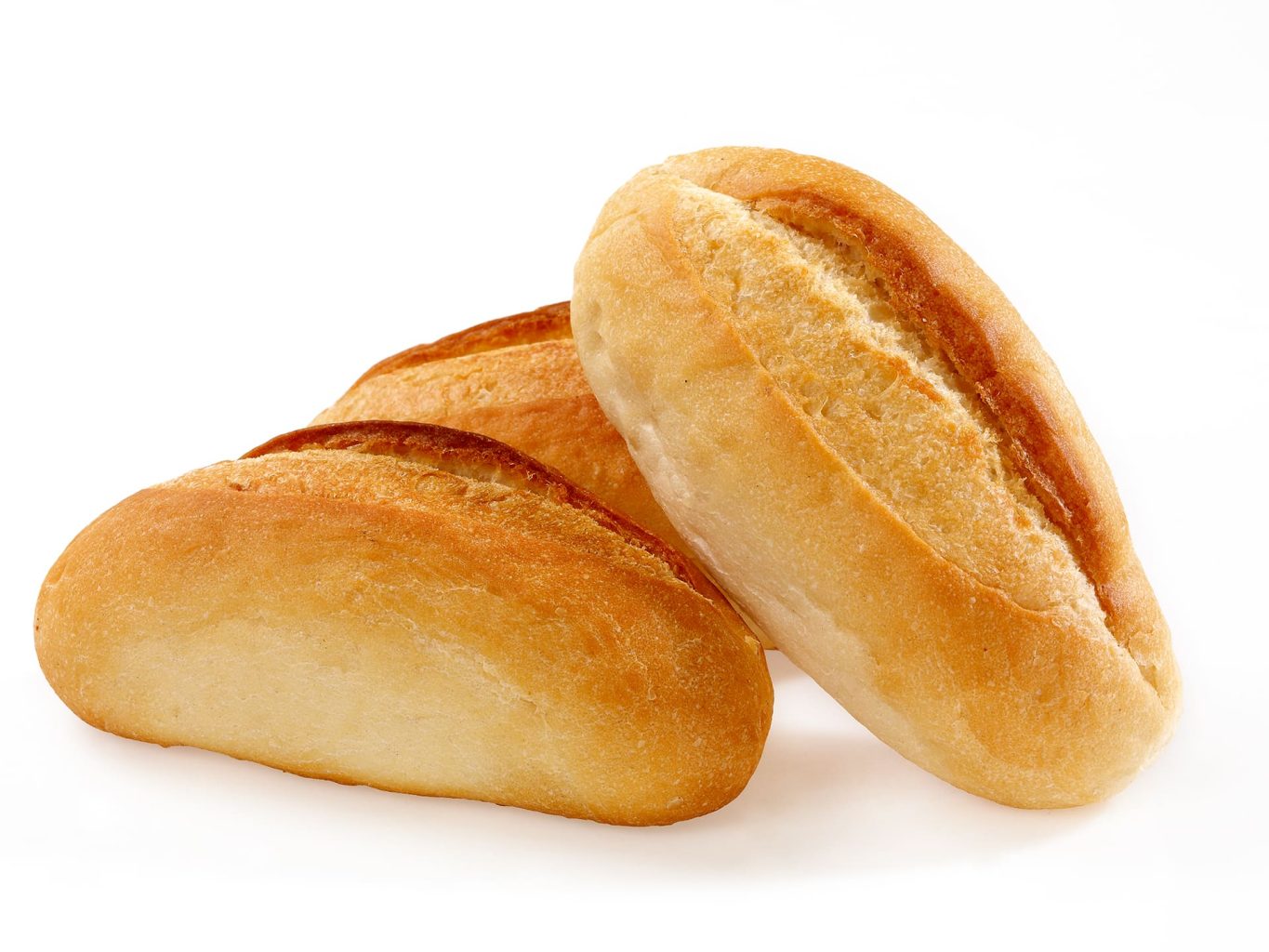eska-en
Why Does Bread Mold?
Why Does Bread Mold?
Mold growth in bread typically occurs due to ambient moisture and the presence of mold spores. Bread provides an ideal environment for mold growth because it is usually moist and contains carbohydrates on which mold feeds.
Mold growth in bread is often a result of the surrounding humidity and the presence of mold spores. Bread, in a humid environment and due to the carbohydrates it contains, offers an ideal ground for molds to grow.
Moisture is one of the most important factors promoting mold growth in bread. Bread is naturally relatively moist and provides a favorable environment for moisture to accumulate. This moist environment facilitates the growth of mold spores on bread and allows molds to thrive.
Mold spores in the environment also affect the mold growth process in bread. Mold spores in the air can easily multiply in bread when they come into contact with bread and are in a humid environment. These mold spores begin to appear as small dots on the surface of the bread and grow over time to cover the surface of the bread.
Consuming moldy bread is generally unhealthy because molds can produce various toxins and allergens. Therefore, when mold appears on bread, that part should usually be discarded and the rest should not be consumed.
As a result, mold growth in bread is a natural process caused by a combination of moisture and airborne mold spores. Therefore, bread should be kept away from moisture when stored and carefully inspected before consumption.
Mold growth on bread is a common occurrence and is mainly caused by moisture and the presence of mold spores in the air. Here is a more detailed breakdown of how mold can affect bread:
Moisture Content
Bread has a relatively high moisture content, which provides an ideal environment for mold growth. This moisture can be caused by the ingredients used in baking bread, but can also be influenced by environmental factors. For example, humid weather conditions or improper storage methods can cause moisture to accumulate in bread. It is therefore important to store bread properly and keep it free from moisture, as high moisture content promotes mold growth and increases the risk of mold growth in bread.
Airborne Mold Spores
Mold spores are microscopic particles and are found in the air. These spores can settle on the surface of bread and multiply there. They are ubiquitous in the environment and come from a variety of sources, such as outside air, contaminated surfaces, other food products. Mold spores found in moist environments such as bread have the potential to multiply there. Once they settle on the surface of the bread, they begin to germinate by combining moisture and a favorable environment. This germination process can lead to the formation of visible mold colonies. Therefore, the settlement of mold spores in the air on the surface of the bread can contribute to the start of the mold growth process.
Temperature
Mold usually thrives at temperatures between 77°F to 86°F (25°C to 30°C). This temperature range is common in many kitchens and storage areas. Higher temperatures can accelerate mold growth, while lower temperatures can slow it down. It is important to store and preserve foodstuffs such as bread, especially in temperate climates or in seasons with high temperatures. Extreme temperature changes can also affect mold growth, so storing food in a cool, dry environment can help prevent mold growth.
Time
If the right conditions of humidity, temperature and nutrients are provided, mold can start growing on bread within a few days. The exact time interval, however, depends on various factors. For example, the type of mold spores present, the amount of moisture present in the bread, the environmental temperature, all influence the growth rate. In particular, humid environments are more favorable for mold growth and the mold growth process can be faster. However, often under favorable conditions, it can take several days for mold to become clearly visible on bread. Therefore, the storage and preservation of bread is important to prevent mold growth.
What are Mold Types?
Various types of mold can grow on bread, such as Penicillium, Aspergillus and Rhizopus. These molds can have different colors, textures and appearances. For example, Penicillium molds often appear green or blue in color, while Aspergillus molds can be white or gray. The appearance of mold can vary depending on the type and environmental conditions. As these mold species grow under favorable conditions and nutrients in the bread, they produce symptoms of mold growth. Therefore, when mold is detected on bread, it is important to recognize the distinctive features of the different mold species, identify them correctly and take appropriate action.
Effects of Mold Growth on Bread
Mold growth can significantly affect the quality and safety of bread. Visually, moldy bread may develop spots or dots of different colors, indicating the presence of mold colonies. This means that the bread should be carefully inspected before consumption. Mold can also give off a characteristic odor and change the taste and texture of the bread. Mold on fresh bread in particular is frowned upon by consumers and can reduce the quality of the product.
However, it should be noted that consuming moldy bread carries health risks. Some types of mold can produce toxic substances called mycotoxins, which can be harmful to the body if ingested. For this reason, it is not recommended to consume moldy bread and the moldy parts should be cut off and discarded. Consumption of moldy foods should be avoided to prevent serious health problems such as food poisoning. It is therefore important to store bread properly and prevent mold growth.

